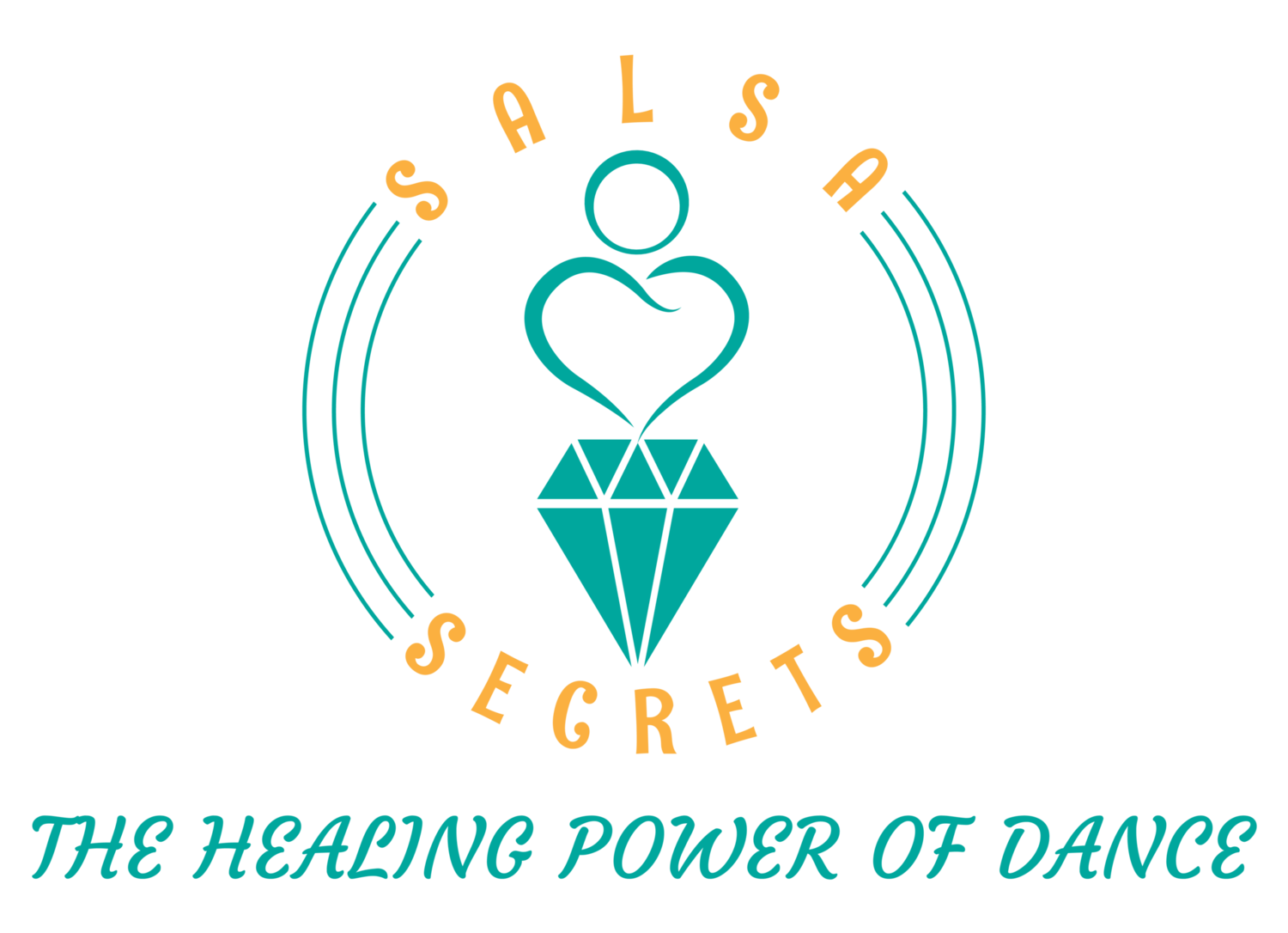Salsa, a vibrant and energetic dance music genre, has become a global sensation, captivating audiences with its infectious rhythms and spirited movements. While salsa originated in the streets of New York City, it has deep roots in the Afro-Caribbean music traditions. In this blog post, we will explore the origins of salsa on 2, a distinct style of dancing that has revolutionized the salsa world.
Salsa
Salsa emerged in the 1960s and 1970s as a fusion of various musical genres, including Cuban son, mambo, guaracha, and cha-cha-cha. The vibrant multicultural environment of New York City, with its influx of Latin American immigrants, played a pivotal role in the development and popularization of this exciting dance music. The fusion of diverse styles and influences gave rise to the salsa we know today.
Salsa on 2
Salsa on 2, also known as New York-style salsa or Eddie Torres style, refers to a specific way of dancing salsa in which the break step, or the direction change in the basic step, occurs on the second beat of the music. This style of dancing revolutionized the salsa scene, infusing it with a new sense of musicality, elegance, and precision.
The roots of salsa on 2 can be traced back to the mambo era of the 1940s and 1950s. Mambo, a fast-paced dance genre with African and Cuban origins, became popular in New York City during that time. The syncopated rhythms and intricate footwork of mambo heavily influenced the development of salsa on 2, shaping its unique style and character.
The Ambassador of Salsa on 2
Eddie Torres, a legendary dancer and instructor, played a crucial role in popularizing salsa on 2 and establishing it as a recognized dance style. Known as the "Mambo King," Torres refined and codified the techniques and patterns of salsa on 2, creating a structured curriculum that allowed dancers to learn and master this captivating style. His contributions have made a lasting impact on the salsa community worldwide.
Style of Salsa on 2
Salsa on 2 is characterized by its elegant and smooth movements, intricate partnering, and emphasis on musical interpretation. The dancers exhibit a strong connection with the music, highlighting the melodies, accents, and breaks within the rhythm. The distinctive style of salsa on 2 adds depth and sophistication to the dance, inviting dancers to express themselves creatively and passionately.
The Evolution of Salsa on 2
As salsa on 2 gained popularity, it spread beyond the boundaries of New York City and influenced dancers and instructors worldwide. Different regions and countries have infused their own cultural flavors and interpretations into salsa on 2, creating diverse variations and styles. Today, salsa on 2 is celebrated in salsa congresses, social dances, and competitions worldwide, showcasing its enduring appeal and universal language.
Salsa on 2 continues to evolve and adapt to contemporary influences while staying true to its Afro-Caribbean roots. Choreographers, instructors, and dancers push the boundaries, incorporating elements from other dance styles like jazz, hip-hop, and contemporary dance. This constant innovation ensures that salsa on 2 remains a dynamic and ever-evolving art form.
In conclusion, Salsa on 2 has grown to become a beloved dance style embraced by salsa enthusiasts around the world. Rooted in the rhythms of mambo and the spirit of Afro-Caribbean music, salsa on 2 showcases the beauty of musical interpretation and the connection between dancers.
